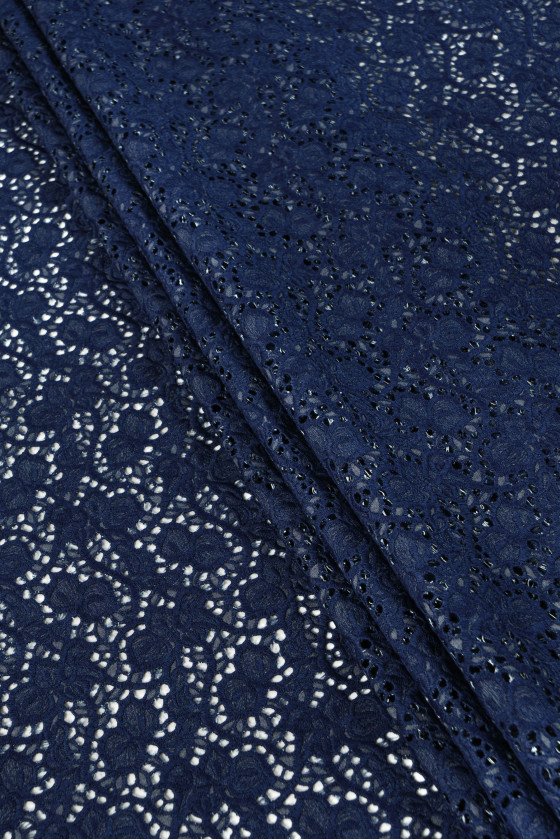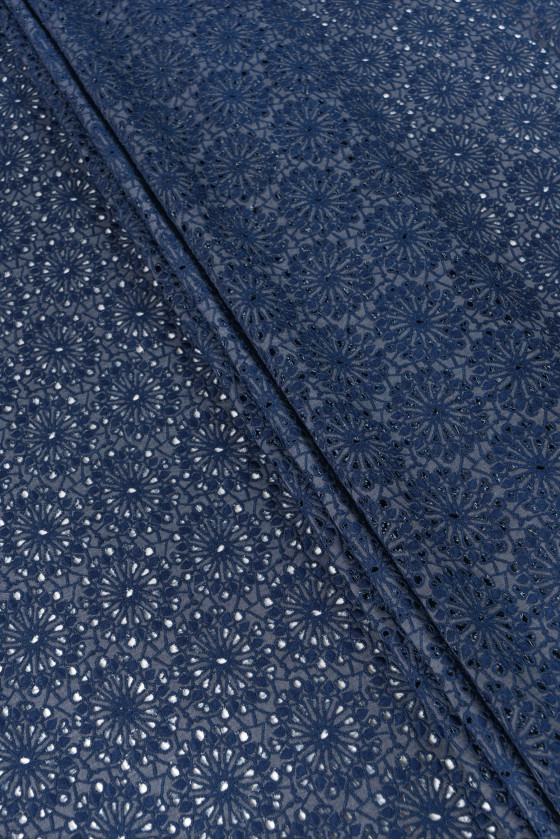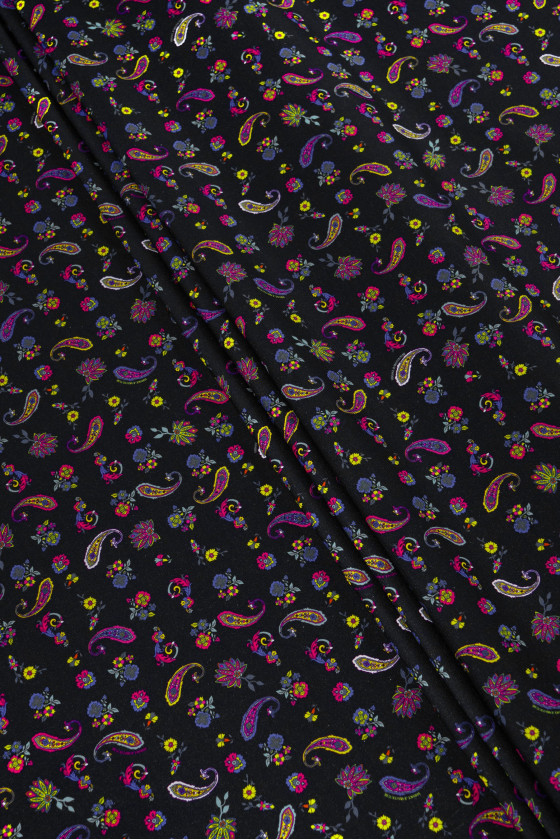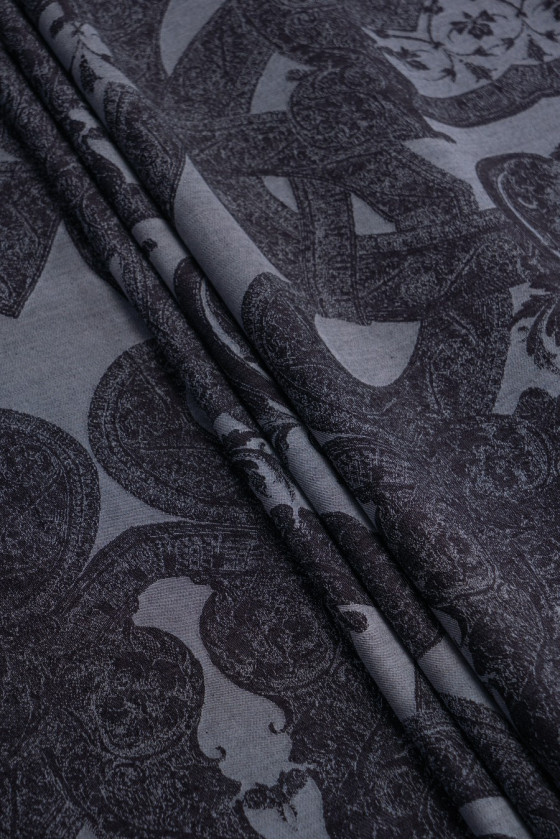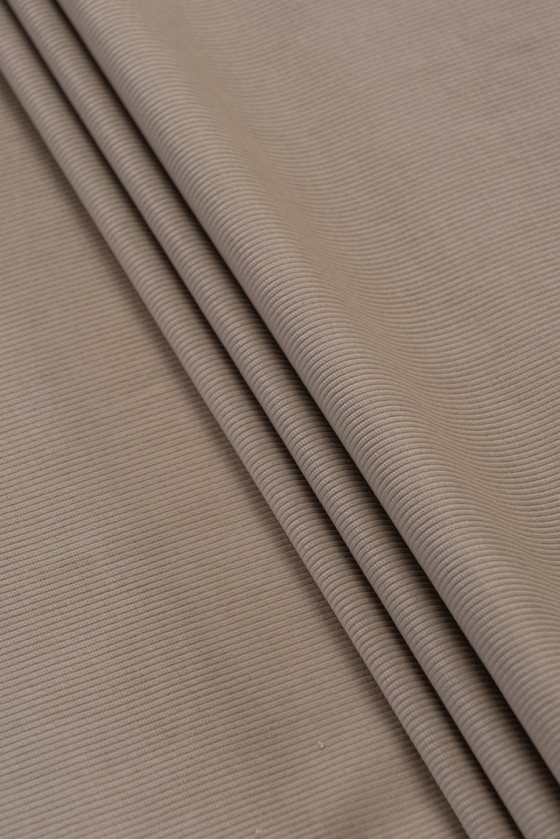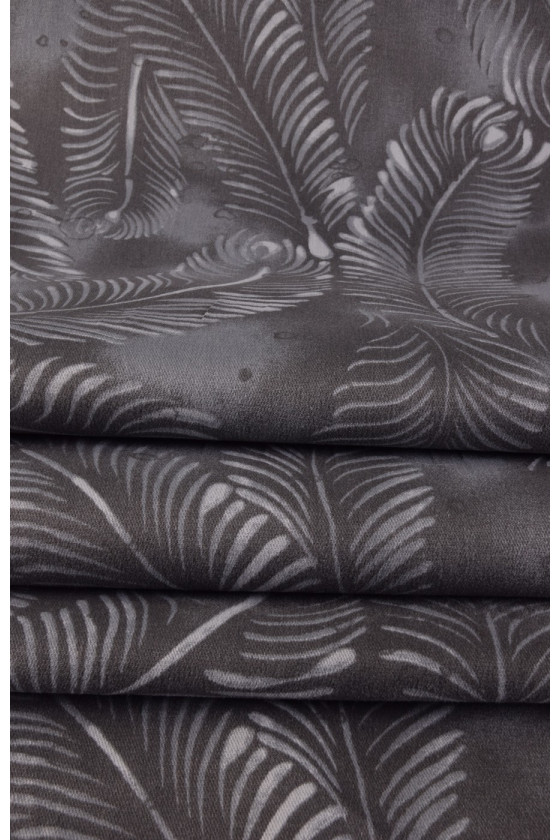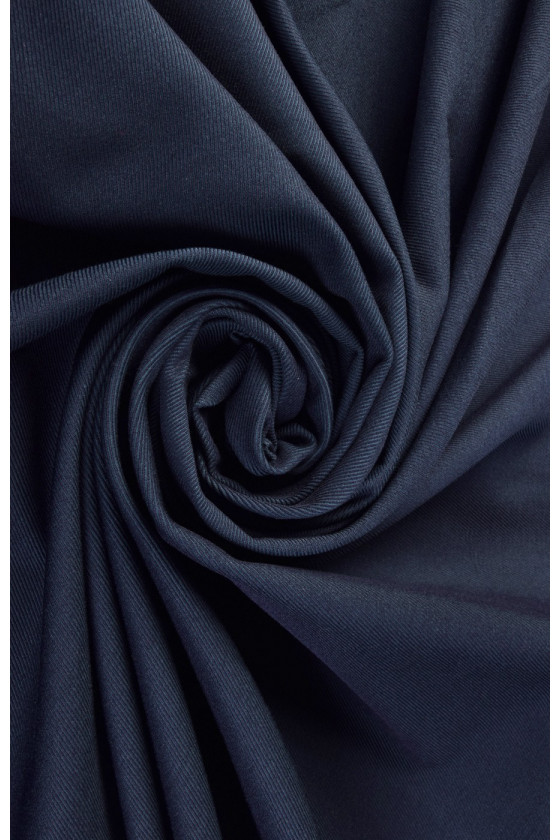Jeans and Corduroy
Blue Jeans
Linen with cotton like jeans COUPON 110 cm
Jeans embroidered in a leaf
Embroidered jeans
Signature cotton - Paisely
Cotton beige a'la jeans
Thin jeans - blue
Jeans in gray and black patterns
Light grey cotton corduroy
Grey-green cotton corduroy
Corduroy cotton grey olive
Elastic jeans
Jeans elastic light blue
Cotton with polyester ryps
Jeans glossy dark navy blue
Denim fabrics are great for women's wardrobe, which is why we choose only very good quality materials that will stay with you for more than one season – there is nothing worse than jeans abrasion at an express pace. Like corduroy, it is a material perfect for comfortable pants that you want to wear every day. Fabric wholesaler in Poznan provides a wide selection of universal and non-standard designs, so you can easily create unique, but comfortable to wear creations. Discover our extensive collection of denim fabrics!
Good quality denim and corduroy fabrics for every occasion
We offer high-quality corduroy and denim material for meters – each of them can be freely adapted to your own projects. People who visit our online fabric store have access to professional product photos, but they can also order free samples to help you make a final decision to buy the material. Are you looking for detailed information about denim fabrics? We will be happy to share our experience with you – just contact us and we will tell you the best solutions. Due to the versatility of the material, jeans for meters is an extremely popular choice, but in the case of exclusive creations, silk satin and natural silk will work better, which you can also easily order in our store.
How to wash jeans?
Jeans for meters is a fabric that does not like frequent washing – each subsequent visit to the washing machine rinses out the color (unless this is your goal) and negatively affects the form of the pants. For this reason, jeans should be washed as a last resort, i.e. when dirt and discomfort appear. You will certainly know that this is THE moment. How to go about it? Turn the jeans inside out, fasten the zipper and fasten the button. Do not forget to empty your pocket (there is nothing worse than a washed tissue attached to denim material). We wash the pants at low temperature (30 degrees) and at low speed, choosing a short washing cycle, powder or washing liquid, but not adding rinsing liquid. Avoid drying the material on the radiator and pressing at high temperature. Thanks to this , the denim fabric will repay with a beautiful, deep color and good form for years.
What does corduroy material fit into?
Corduroy in recent years has been considered an unfashionable material – today, however, it returns to salons, conquering the hearts of people who willingly combine clothes of different structures. Corduroy fabric is an excellent addition in the autumn and winter season, among other things, due to the softness and warmth with which it wraps on colder days. A good choice will be to use corduroy for a shirt, which can act as a thin denim jacket. It is worth looking for material in vivid colors, while avoiding black and brown – in the case of corduroy it is easy to achieve an aging effect. Our denim fabric wholesaler encourages fashion experiments!
Jeans fabric – a bit of history
Jeans are a cotton fabric made of twisted threads with an oblique weave. Most often, this material is colored blue using indigo dye, which was formerly obtained from the leaves of the coloring indigo, and today is created synthetically.
Jeans are so popular that almost everyone has in their wardrobe at least a few elements of clothes sewn from it. Most often these are trousers, although skirts, dresses or jackets are also very popular. Where did the denim material actually come from?
The first jeans fabric factory was located in France in the city of Nimes. However, the real boom in wearing clothes from this material falls on the nineteenth century. It was then that Levi Strauss founded his warehouse, which met the demand for durable and sturdy pants necessary for settlers during the ongoing gold rush in the United States.
The heyday of denim falls on the 80s of the twentieth century, when there was a climax in the development of denim production. At that time, they began to create not only traditional thick and durable pants, but also:
- Jackets
- Skirts
- Dresses
- Shirts
- boots.
The popularity of denim material continues to this day. Clothes made of it can take almost any form – not only work or everyday clothing. Creations made of denim were worn even on the red carpet – although this is a rather unusual use of this fabric, it must be admitted that the versatility of its use is unique.
What can be sewn from denim?
Denim fabric gives almost unlimited possibilities. In our offer you will find materials in various thicknesses that will allow you to create many beautiful elements of clothing. The most typical application is, of course, pants, but there are many more possibilities. From a thinner denim, you can sew, for example, a fashionable dress or skirt.
Jackets made of denim material are also unflaggingly popular, which can take on a variety of styles. It is similar with shirts – it is a proposal for both men and women. The jeans fabric also allows you to design many interesting accessories – handbags, backpacks and even shoes. It also gives a lot of possibilities in the field of interior design, you can sew pillows, curtains or bedspreads from it.
How to sew denim material?
The jeans material is available in different variations. Especially thicker types of fabrics require the right approach when sewing. First of all, it is worth taking care of well-chosen accessories.
When sewing from denim materials, it is worth remembering to use thicker needles and strong threads. When it comes to needles, the most appropriate will be those with a numbering above 90, and in the case of really thick, resistant materials – skin needles, ending with a blade. They also have thicker eyelets, thanks to which thicker threads can be easily threaded.
Sewing from thicker materials can cause the formation of thickening, which is sometimes difficult to stitch aesthetically and evenly. The machine most often shortens the stitch, often the seam line changes slightly and a curvature is formed. To align the stitch, simply put something under the back of the machine foot to level it – preferably a piece of folded material or a thicker cardboard box. Then the needle will pass through the thickening, without disturbing the stitch line.
Some sewing machines are also equipped with a special button used to temporarily lock the foot in a certain position. It is worth getting them if you often sew from denim fabrics. Double needles will also work well – they are useful especially when sewing trousers from thick denim, but not only.
Corduroy – how to handle it?
A related fabric for denim is corduroy. It is also a very popular material, the versatility of which makes it possible to create many items of clothing from it. It is a ribbed cotton fabric, less often woolen, from which trousers, jackets and other parts of clothing are sewn. Corduroy available in our offer is usually cotton, cotton-polyester or viscose fiber. It is a fabric with a three-fold fiber system, which gives it a characteristic ribbed texture.
In order for sewing from corduroy to give the expected result, several rules must be followed. First of all, before proceeding with slicing, the material must be decatized. This fabric, like most cotton fabrics, shrinks as a result of contact with water. So it is worth washing it or ironing it with an iron with a lot of steam.
An important issue when cutting corduroy is the correct arrangement of the stencil on the fabric. It should be remembered that the direction of laying the straight thread is important in this case. Remember that you need to have well-prepared shears – really sharp and strong. For sewing, you can use universal polyester threads, however, for lockstitch machines you need to use much thicker threads so that they are clearly visible.
Corduroy can be machine washed at the temperature recommended by the fabric manufacturer. After removing from the washing machine or after hand washing, you need to shake and smooth the fibers, and then dry the hanging clothes. It is very difficult to get rid of dents on this fabric, so the buckles for drying underwear should be pinned in invisible places.
Well-dried corduroy does not require ironing. However, if you need to treat it with an iron, moisten the material in advance and iron at a low temperature on the left side according to the hair.
Write to us on WhatsApp!





